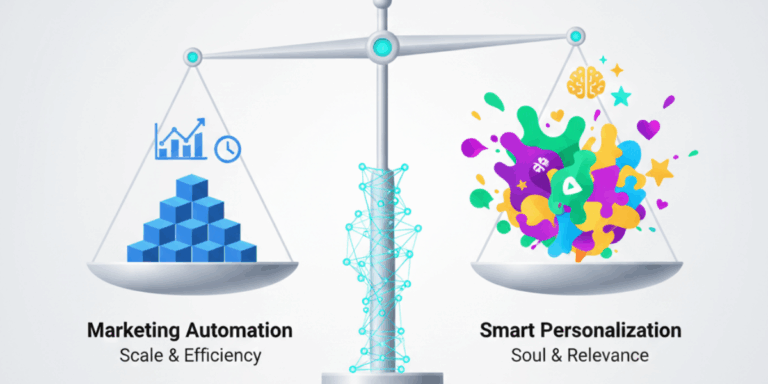Creating a great user experience (UX) is essential for the success of any digital product. Whether you’re designing a website, mobile app, or software, a structured UX design process helps ensure your product is user friendly, intuitive, and engaging.
Research and Discovery
The foundation of good UX is understanding the problem you’re solving. Begin with comprehensive user research to gather insights into your target audience’s needs, behaviors, and pain points. Market research helps you understand competitors and industry trends, while stakeholder interviews ensure alignment with business goals.
Define Personas and User Journeys
Create user personas to represent different segments of your audience, including their goals and challenges. Then, map out user journeys to visualize how users will navigate your product and achieve their goals. This ensures your design is aligned with user needs.
Ideation and Prototyping
Once you understand the user, brainstorm and create wireframes to plan the layout and structure of your design. Develop prototypes to simulate the user experience and test interactions. Iteration is key, refine your ideas based on feedback.
Visual Design
Transform wireframes into high fidelity designs with colors, typography, and branding elements. Establish a design system for consistency, ensuring all components are reusable and accessible. Focus on visual hierarchy to guide users’ attention effectively.
Testing and Validation
Testing is critical to identify usability issues. Conduct usability testing to observe how real users interact with your product. Use A/B testing to compare design variations and iterate based on feedback to improve the user experience.
Development and Launch
Once the design is validated, collaborate with developers to implement it. Share detailed design files and specifications for a smooth handoff. Ensure proper quality assurance (QA) testing to catch any issues before launch.
Post-Launch Monitoring and Improvement
The UX process doesn’t stop at launch. Collect user feedback and use analytics to track behavior and identify areas for improvement. Regular updates based on real world usage help keep your product relevant and user friendly.
Conclusion
A successful UX design process is iterative and user centered, focusing on solving real user problems and delivering seamless experiences. By following these steps, you can create intuitive, engaging digital products that delight users and drive business success.





